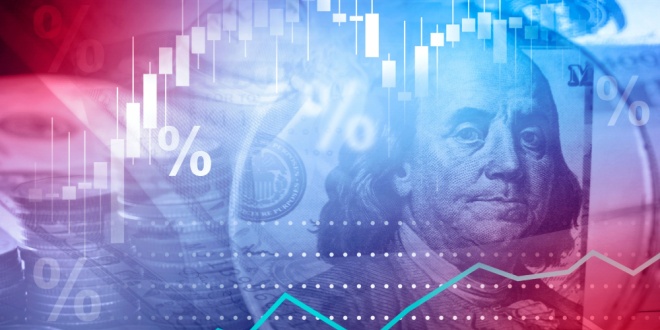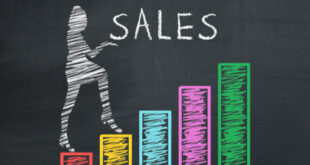Just as they were one year ago, a majority of Americans say they’re less-than-confident in the country’s immediate economic future.
That was the finding of the second annual Wells Fargo Money Study, a 42-page analysis conducted between Sept. 5 and October 4 last year by the San Francisco-based financial institution.
Seventy six percent said they have cut back on their spending during the past 12 months, according to this year’s report.
The study, based on a nationwide survey of 3,657 adults and 203 teens ages 14-17, called this year’s number “significantly higher” than last year, when 67 percent of those surveyed said they had reduced their spending.
The report also found that a number of Americans are delaying major life projects: 74 percent say they have delayed travel plans because of the uncertainties regarding the economy, 39 percent say they’ve put off home renovations, 30 percent said they’ve delayed buying a house and 19 percent said they have decided to wait to adopt a pet.
“It make sense,” said Robert Kleinhenz, a Long Beach-based economic consultant who works with retail clients. “People did the same thing during COVID. They hit the pause button on those things, and those people are still out there. They’re still consumers, and they’re reacting to the economy the same way way they did four years ago.”
People also admitted they’re feeling financial pressure, specifically to pay their bills on time and keep their debts to a minimum.
Sixty seven percent said they are able to pay their bills on time, but they don’t have much left over to spend on extras, a seven percent increase compared with one year ago. Fifty percent said they have more debt than they’re comfortable with, compared with 44 percent in 2024.
“Consumer behaviors are shifting,” said Michael Liersch, Wells Fargo’s head of advice and planning, in a statement. “The value of the dollar, and what it’s providing, may not be as predictable anymore.
“There is a clear social narrative surrounding the question: ‘do I, and will I, have enough?’ ”
That question is being asked by different age groups, not just by those concerned about having enough money for retirement.
Eighty two percent of Generation Z adults – anyone born between the late 1990s or the early 2000’s – said they have reduced their spending.
Seventy nine percent of millennials – anyone born between the early 1980s and late 1990s – reported spending less than they usually do.
“It’s also of note that the youngest populations in the study are adapting to the current economic conditions with 60 percent of teenagers reporting that they’re reducing their spending,” the statement reads.
Inflation also remains a big concern.
The price of eating in a restaurant, or having food delivered, is 74 percent higher than people expected it to be: $23 actual cost versus $40 actual cost. A bottle of water produced an even larger gap: $1 expected cost versus $3 actual cost, a difference of 200 percent.
Being surprised by the high price of a product, or how much its price has gone up recently, is called sticker shock. Ninety percent of those surveyed said they experienced that phenomenon recently, including 76 percent while dining out or having food delivered, 63 percent while filling up at the gas pump, 39 percent while buying a ticket to a concert or sporting event, and 36 percent while buying a bottle of water.
That expectation vs. reality gap is the result of inflation, which was a respectable 2.8 percent nationwide in February, not counting food and energy prices, according to the U.S. Bureau of Labor Statistics.
That prices are higher – and in some cases much higher – than most consumers expect them to be should not surprise anyone, Kleinhenz said.
“Leading up to the election, there was a lot of concern about inflation, and that hasn’t gone away,” Kleinhenz said. “Things are more expensive now, and there is a lot of uncertainly regarding the economy, and that is causing a lot of people to rein in their spending.
“Given that two-thirds of the economy is consumer driven, if 76 percent of consumers continue to cut back on their spending, that could have a huge impact.”
It has also led to people being more careful about how much money they do spend. Sixty percent of those surveyed said higher prices are forcing them to make more difficult financial decisions, up from 45 percent last year.
Business owners are also feeling the fallout from an uncertain economy.
Sixty eight percent they feel pressure to grow their business, and 36 percent are considering lowering their prices, in order to remain competitive.
Despite that, 65 percent said their business grew during the previous year.
Despite the economy’s volatility and uncertainty, most Americans apparently remain optimistic about the economy.
Eight seven percent say they believe this is a good time to save money, 65 percent say it’s a good time to invest, and 64 percent believe there are multiple financial opportunities available.
This year’s study is “predictable,” particularly its main finding that most people are planning on cutting their spending, said one local economist.
“I’m not surprised by any of it,” said Jay Prag, professor of economics at the Drucker School of Management at Claremont Graduate University. “It’s understandable, given the current state of the economy.”
Inflation will remain this year, but prices should stabilize in 2026, according to Prag.
“Day to day, I think things will be more expensive this year than they usually are,” Prag said. “I expect 2025 to be a rocky year.”
 IE Business Daily Business news for the Inland Empire.
IE Business Daily Business news for the Inland Empire.


